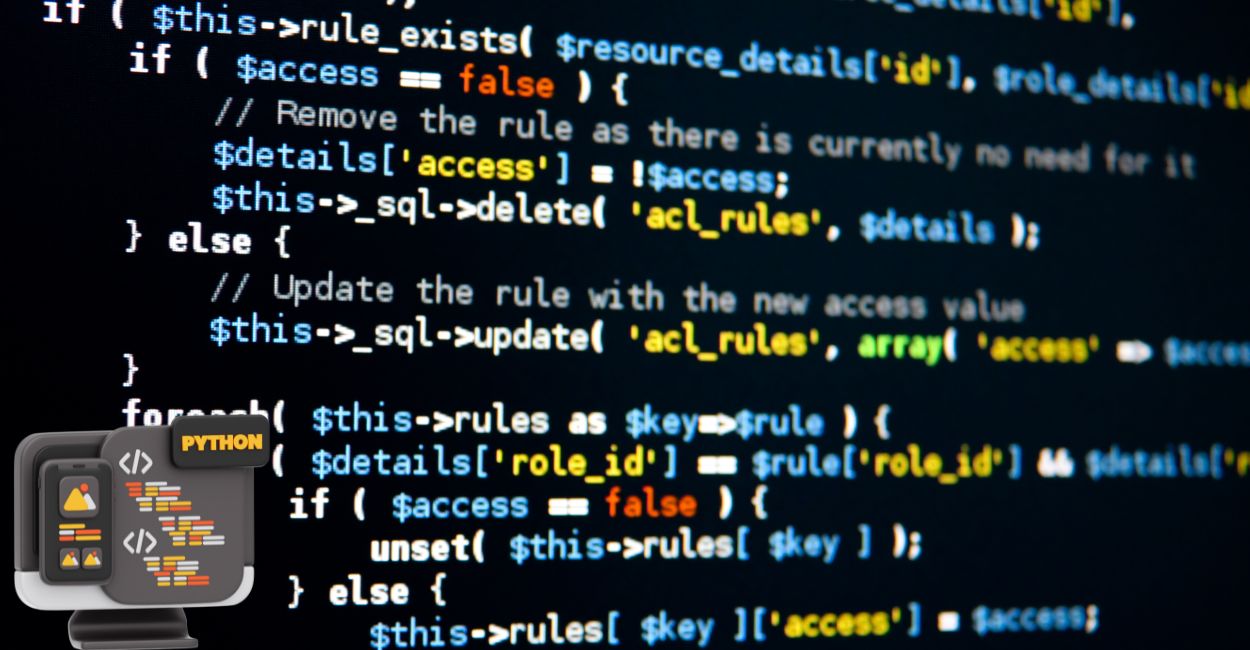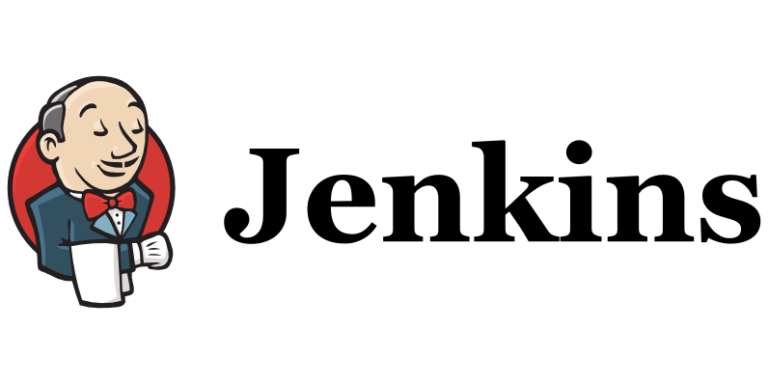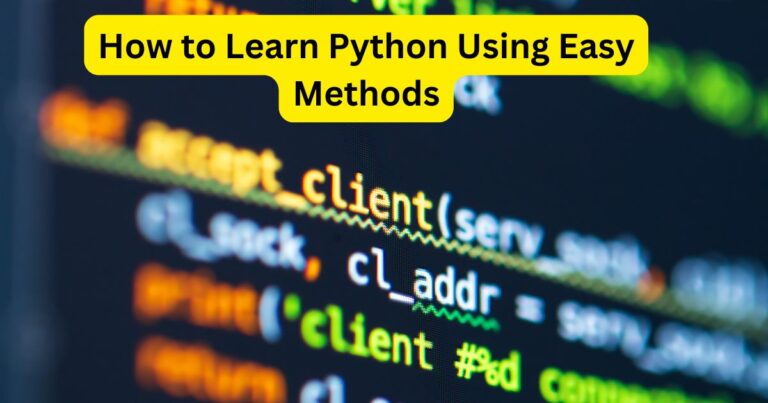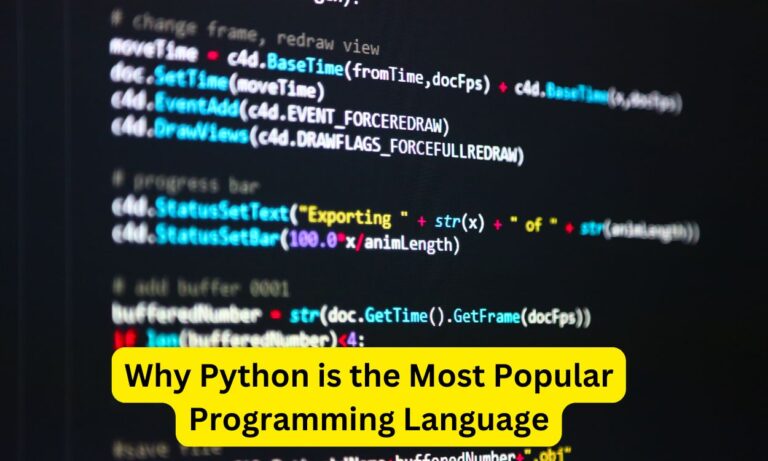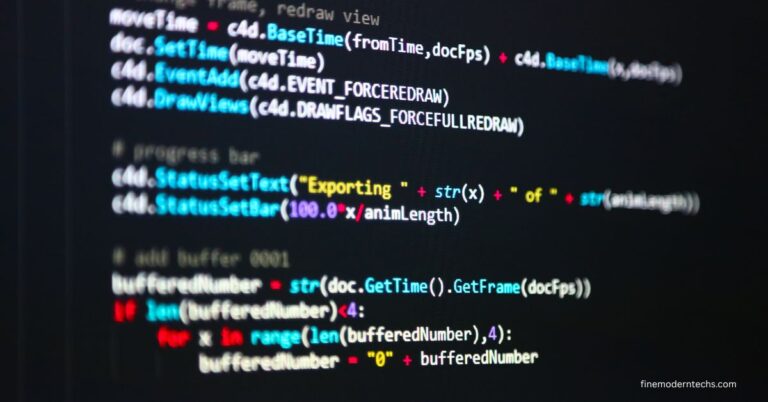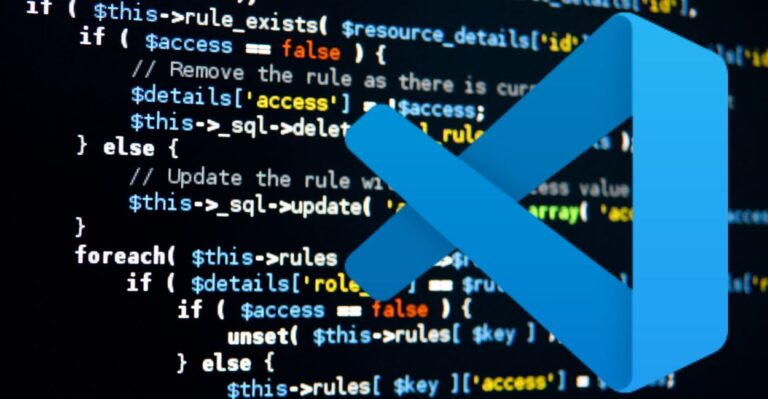Why Learn Python Programming Language?
Learning the Python programming language is a great choice for anyone who wants to dive into the world of coding! Python is popular and easy to understand, making it perfect for beginners. This article will explore why learn Python programming language and how to start from scratch and become an intermediate programmer.
Introduction to Python
Python is a computer programming language that was created in the late 1980s. It is known for its clear and readable syntax, which means that the way you write Python code is straightforward to follow. Many people use Python for various purposes, including web development, data analysis, artificial intelligence, and more.
Read more:
How to Create a Python File in VS Code
How to End a Program in Python
Why Learn Python Programming Language?
1. Easy to Read and Write: Python has a simple structure that makes it easy for beginners to learn. You don’t need to memorize complicated rules, and you can focus on solving problems.
2. Versatile: Python can be used in many fields, such as web development, game development, scientific computing, and even the automation of tasks. This versatility means that learning Python can open up many career opportunities.
3. Large Community and Resources: There are millions of Python programmers around the world. This means you can find lots of tutorials, forums, and documentation to help you when you get stuck.
4. High Demand: Many companies are looking for Python developers. Learning Python can make you more attractive to employers and help you land a good job in technology.
5. Fun and Creative: Coding can be a lot of fun! With Python, you can create games, build websites, and even make your own apps. This creativity can make learning feel less like a chore and more like an exciting adventure.
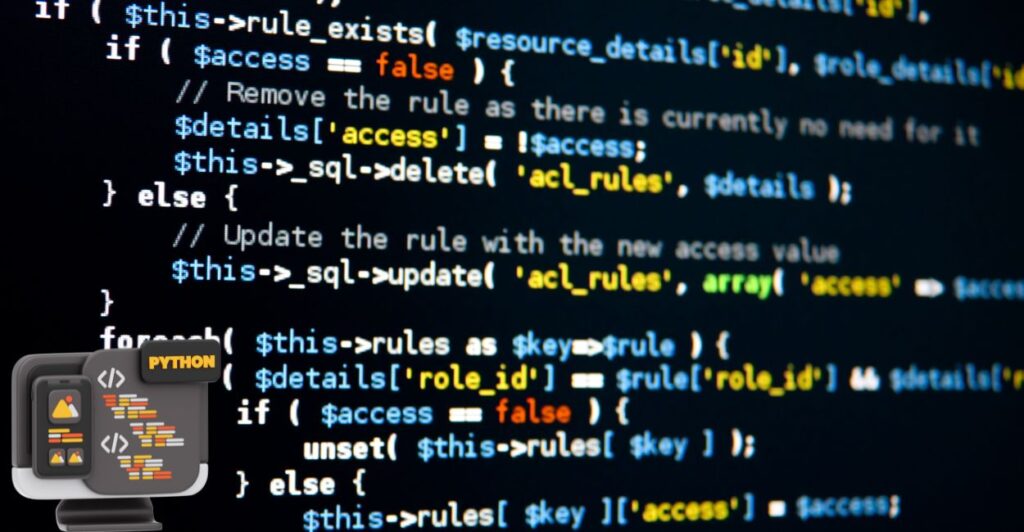
Read more >>> Python in Everyday Life: How to Make it a Hobby
Getting Started with Python
Now that you know why Python is a great choice, let’s break down the steps to start learning it!
Step 1: Set Up Your Environment
Before you start coding, you need to set up your computer:
- Install Python: Go to the official Python website and download the latest version of Python. Follow the instructions to install it on your computer.
- Choose an Editor: You’ll need a place to write your code. You can use simple text editors like Notepad, but it’s better to use a code editor that helps you with suggestions and highlights errors. Good options include:
- IDLE: Comes with Python.
- VS Code: A powerful editor with many features.
- PyCharm: Great for beginners and has lots of tools built in.
Step 2: Learn the Basics
Now it’s time to learn the basic concepts. Here are some key topics you should cover:
1. Syntax: Understand how to write Python code. Learn about indentation, comments, and how to print text to the screen.
Open a folder on your computer and save the file as hell.py. Right-click the file and open using your IDE…eg, PyCharm or VS Code. Or you can create the file directly from VS Code as shown in this article: How to create a Python file in VS Code. Now, write the code below and then click run.
print("Hello, World!") # This prints a message to the screen2. Variables: Learn how to store data using variables. A variable is like a box that holds information.
name = "Alice"
age = 123. Data Types: Get to know different types of data, such as strings (text), integers (whole numbers), and floats (decimal numbers).
4. Control Structures: Learn how to make decisions in your code using if statements, loops (like for and while), and how to repeat actions. When you hit enter after declaring your statements, a new indentation will be created. Stick with it
for i in range(5):
print(i) # This will print numbers from 0 to 45. Functions: Understand how to create reusable blocks of code with functions. This helps keep your code organized.
def greet(name):
print("Hello, " + name)
greet("Alice")Step 3: Practice, Practice, Practice!
The best way to learn Python is by practicing. Here are some fun ways to do that:
- Small Projects: Start with simple projects like a calculator, a guessing game, or a to-do list app. These projects help you apply what you’ve learned.
- Online Coding Challenges: Websites like Codecademy and LeetCode offer coding challenges that can improve your skills.
- Join a Community: Engage with other learners on platforms like Reddit, Stack Overflow, or Python-related Discord servers. You can ask questions, share your projects, and learn from others.
Step 4: Explore Intermediate Topics
Once you’re comfortable with the basics, you can start learning more advanced topics:
- Libraries and Frameworks: Python has many libraries that make coding easier. For example, you can use:
- Flask: For web development.
- Pandas: For data analysis.
- Pygame: For game development.
- Object-Oriented Programming (OOP): Learn how to organize your code using classes and objects. This is important for larger projects and helps you structure your code better.
- APIs: Understand how to work with APIs (Application Programming Interfaces) to connect your Python code with other services and get data from the web.
- Databases: Learn how to store data using databases like SQLite. This is useful for applications that need to save information.
Step 5: Keep Building and Learning
As you become more confident, continue to build projects that challenge you. Here are some ideas:
- Create a personal website to showcase your projects.
- Develop a simple game using Pygame.
- Build a web app with Flask and connect it to a database.
Read more >>> How to Square in Python
Conclusion
Learning the Python programming language is an exciting journey that can lead to many opportunities. With its simplicity and versatility, Python is perfect for beginners. By following the steps outlined in this article, you can start from scratch and work your way up to an intermediate level. Remember, practice is key, and don’t hesitate to reach out to the community for support. Happy coding!

